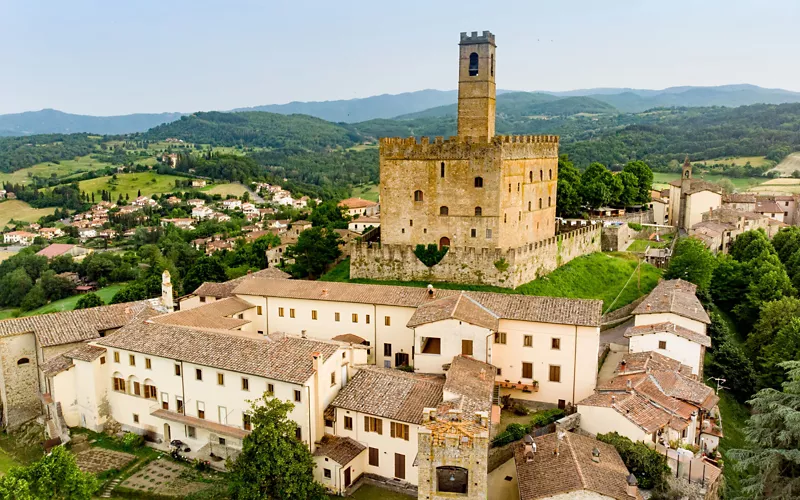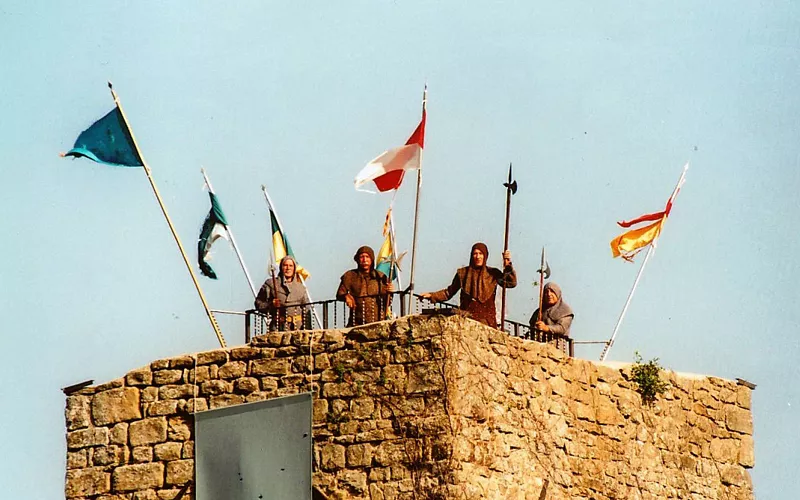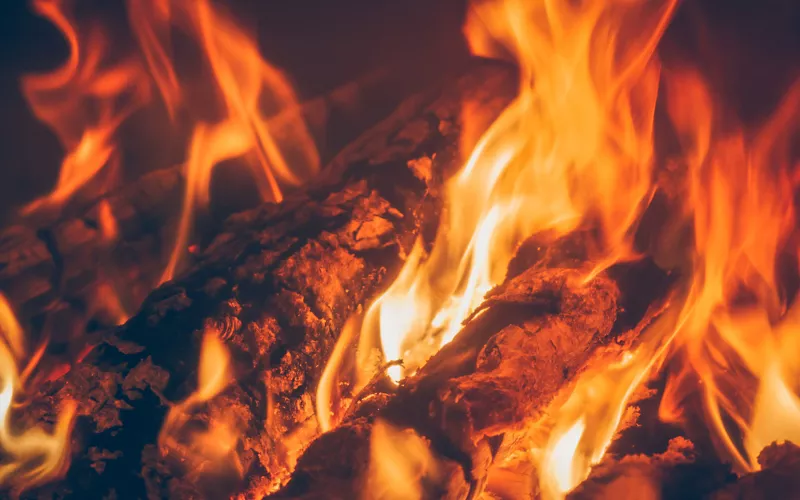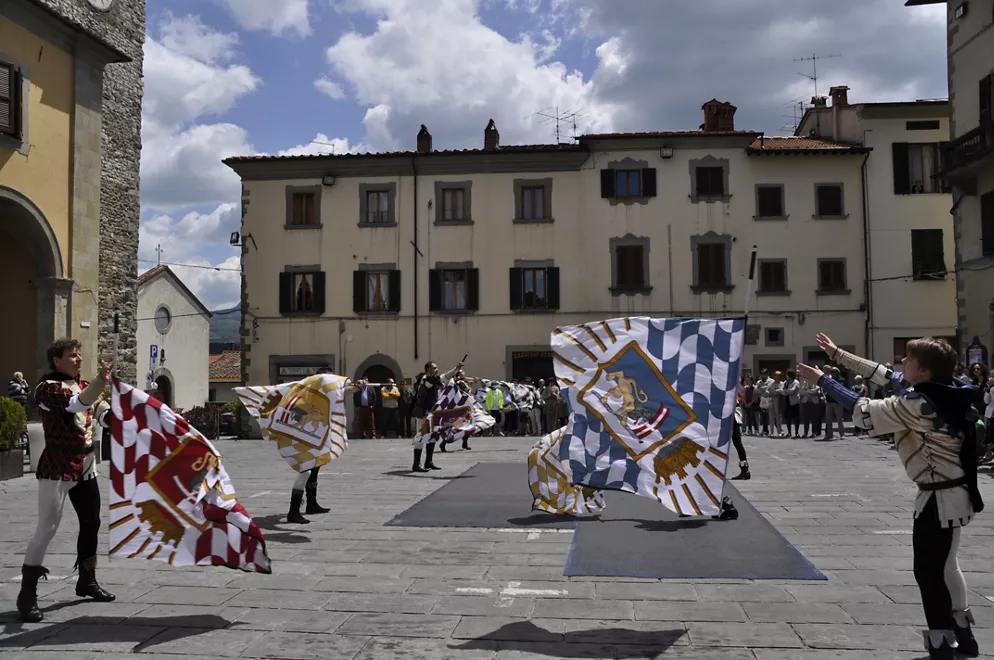Bibbiena Historic Carnival: The re-enactment of the Mea
3 minutes
The historical Carnival of Bibbiena, the most important town in Casentino, 30 kilometres from Arezzo, revolves around storybook themes.
Every year, the traditional Rievocazione della Mea re-enactment takes place here, taking Bibbiena back to mediaeval times, with traditional celebrations in the square, markets, banquets, flag-wavers, and historic buildings open to the public.
At the origins of the legend: the kidnapping of the beautiful Mea

At the heart of the Bibbiena carnival celebrations is a folk legend: at the time when Count Tarlati was lord of the town, in the popular district of Fondaccio, in Bibbiena, there lived a beautiful young washerwoman: Bartolomea, known as Mea. One day, while Mea was taking her laundry home, she was noticed by the count's young son, Marco Tarlati, who fell in love with her to the point of kidnapping her, locking her up in his palace. The misdeed gave rise to a people's revolt, led by Cecco the weaver, who was betrothed to Bartolomea, and to a dispute between factions that inflamed the village: on one side were the fondaccini, named after the popular quarter to which Cecco and Mea belonged; on the other were the piazzolini, the inhabitants of the palaces, in the upper part of the village.
The legend of Mea has a happy ending: to quell the riots, the old count summoned the population to the piazza and returned the beautiful Mea, dressed in sumptuous clothes.
The historical roots and persona of Pier Saccone Tarlati

As with any legend, that of the Kidnapping of Mea has its roots in history. The origins of the festival are said to date back to the mid 14th century, when the powerful Tarlati family ruled Bibbiena.
There are several speculations: it is believed that the feast originated following a military victory of the elderly Pier Saccone Tarlati, a commander and mercenary captain. Another possibility is that the story was inspired by one of the many sieges endured by Bibbiena at the hands of the Florentines: to show that the town was not on its knees, Tarlati had a large juniper tree burned on the walls, together with meat and other provisions. The most probable version is that Pier Saccone wanted to replicate in Bibbiena the feasts that were celebrated in that period in Florence, with the aim of giving the people an opportunity to let off steam
A journey through time: to the Middle Ages

In any event, if you happen to be in the vicinity of Bibbiena on Carnival Sunday, you will find
yourself immersed in a mediaeval village, surrounded by noble ladies, warriors on horseback and jugglers. You cannot help but cheer for one or the other faction: on one side the fondaccini, dressed in yellow and red, on the other the piazzolini, in white and blue.
Still today, the costumed procession that starts the celebrations at first sees the two districts separated, reflecting the ancient rivalry. In addition to the figures portraying the protagonists of the story, you will see flag-wavers, drums, musicians and dancers in action.
At the end, the two processions gather in Piazza Tarlati, where a narrator - usually an actor from the local troupe - re-enacts the legend, accompanied by singing from the village choir, one of the few in Italy to have rediscovered the traditions of Renaissance choral singing, and dancing from the mediaeval dance troupe.
Photo credit: PH. Parri Luciano
The Bonfire of the Bello Pomo, a symbol of peace and prosperity

At 5 p.m. on Shrove Tuesday, the last day of the festival, the bell of the main tower of the castle rings. Then, after Mea - played by one of the most beautiful girls in the village - has been returned to her district, the piazzolini and fondaccini gather in the small square that divides the two districts, known as the piazzolina. Here, the oldest of the fondaccini, or generally the oldest person in the village, solemnly lights the Bello Pomo bonfire, a juniper tree, a symbol of peace and good luck.
The feast then continues with singing, dancing and plentiful libations.
During the three days of festivities, Bibbiena truly comes to life: you can visit its historic buildings, markets and craft workshops, watch the flag-wavers' and falconers' shows, or take part in the ancient games.
Finally, you can get involved in the singing and dancing in the square and perhaps have a seat at a table in a tavern, or at one of the many food stalls, to taste the local specialities: onion soup, mediaeval gnocchi, Fondaccio roast.


